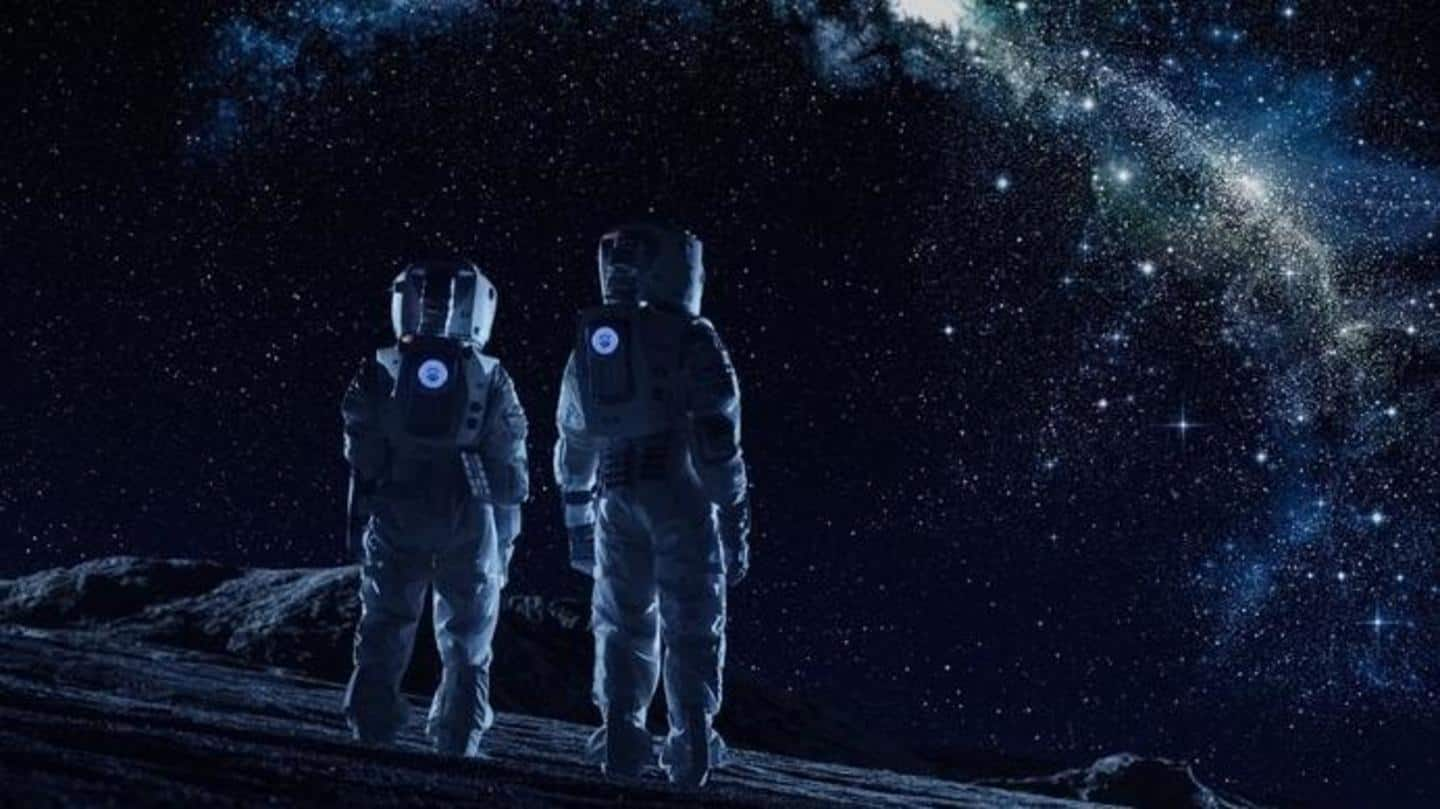
NASA wants an energy solution for lunar mission, announces challenge
What's the story
NASA is gearing up to send the first woman and the next man to the Moon.
The mission, named Artemis, is planned to be executed by 2024, with the goal of establishing a long-term human presence on the satellite.
But, to make that happen, the agency needs some robust power solutions, for which it is asking the public to help.
Here's more about it.
Issue
Solar power is available, but with some restrictions
On Moon, there is abundant solar power, but the problem is, cold lunar nights can last for up to 14 days at a time.
During this period of sustained darkness with temperatures dipping up to -280 °F (-173 °C), astronauts and their systems could find it hard to use solar power, which might quickly jeopardize the whole mission.
Challenge
This is why NASA is calling public for help
To tackle the problem of solar energy utilization, NASA has launched the "Watts on the Moon Challenge" in partnership with HeroX.
Under this, the space agency is calling individuals and organizations to come up with energy management, distribution, and storage solutions aimed at helping sustain a long-term human presence on the Moon, even during cold lunar nights.
Prize
Total prizes up to $5 million
NASA is conducting the challenge in three phases and promising up to $5 million in total rewards as well as the opportunity to develop the solution and see it fly to the Moon.
In the first phase, the participants would be given three mission activities and required to create energy storage, distribution, and management solutions to address them.
Phase 2, 3
Phase 2 prototype development, Phase 3 scaling up
Some Phase 1 winners will be called to develop a prototype of their project. Subsequently, the winners will be eligible for rewards totaling up to $4.5 million.
Then, if any team stands out in the second phase, it will be teaming up with NASA in Phase 3 for scaling up its prototype and turning it into hardware for an operational demonstration on the Moon.
Caveats
Contest limited to US applicants
Notably, to take part in the challenge, an individual must be 18+ and a citizen of the United States, while an organization should be incorporated in the country.
NASA has also said that the solutions developed for this challenge might even solve energy storage and utilization challenges down here on Earth and may be commercialized in the future.